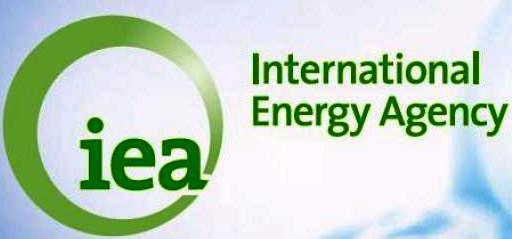
New reports by the International Energy Agency (IEA) show that solar technologies could supply 27% of the world’s electricity by 2050.
The IEA, who has a reputation of being conservative with its figures, have said that solar will become the biggest single source of energy by 2050 and will see the cost declining to as low as 4c/kWh. Solar pv is expected to account for 16% of global electricity while concentrated solar power will account for 11%. Together, they will save 6 billion tonnes of carbon dioxide emissions each year.
The two reports released by the IEA this week show what technological developments are needed and what government policies need to be in place in order to achieve the above results. The targets are very achievable! Everyone thought that roadmap released by the IEA in 2010 of 200GWs of cumulative global capacity by 2020 would not be achievable….this target will be achieved next year. Around 137GWs was installed up to 2013 and the IEA estimates that 100MWs is being installed each day. Most of the installed capacity will be on residential and commercial sites.
Solar PV is expected to take the lead up to 2030 when solar thermal technologies will have a boom. Solar PV capacity alone is expected to grow to 1721GW in 2030 and an enormous 4674GW in 2050. Solar Thermal Energies (STE) have grown from 600MW’s in 2009 to 3.6GW in 2013 and have been growing at a rate of 30% – 60% year each since 2009. Today’s roughly 4GW’s is expected to grow to 261GW’s in 2030 and 982GW’s in 2050.
Executive Director of the IEA, Maria van der Hoeven launched the Solar Roadmaps 2014. She also said how ‘stop-and-go’ government policies could damage results, uptake and costs to all parties involved.
“Clear, credible and consistent signals from policy makers can lower risks to investors and inspire confidence. By contrast, where there is a record of policy incoherence, confusing signals or stop-and-go policy cycles, investors end up paying more for their investment, consumers pay more for their energy, and some planned projects simply will not go ahead.”
Those that think decarbonising the energy mix will be too costly should know that the savings in doing so will out way the costs. The net savings of decarbonising will be US$71 trillion. Renewing infrastructure will cost around US$44 trillion however the savings made on fossil fuels of US$115 trillion.
The roadmaps and Ms. van der Hoeven’s speech and presentation can be downloaded here.
Tags: carbon dioxide emissions, decarbonising, Energy Future, energy mix, fossil fuels, IEA, International Energy Agency, solar PV, Solar Roadmaps 2014, solar technologies, solar thermal technologies, Solar To Dominate, STE
